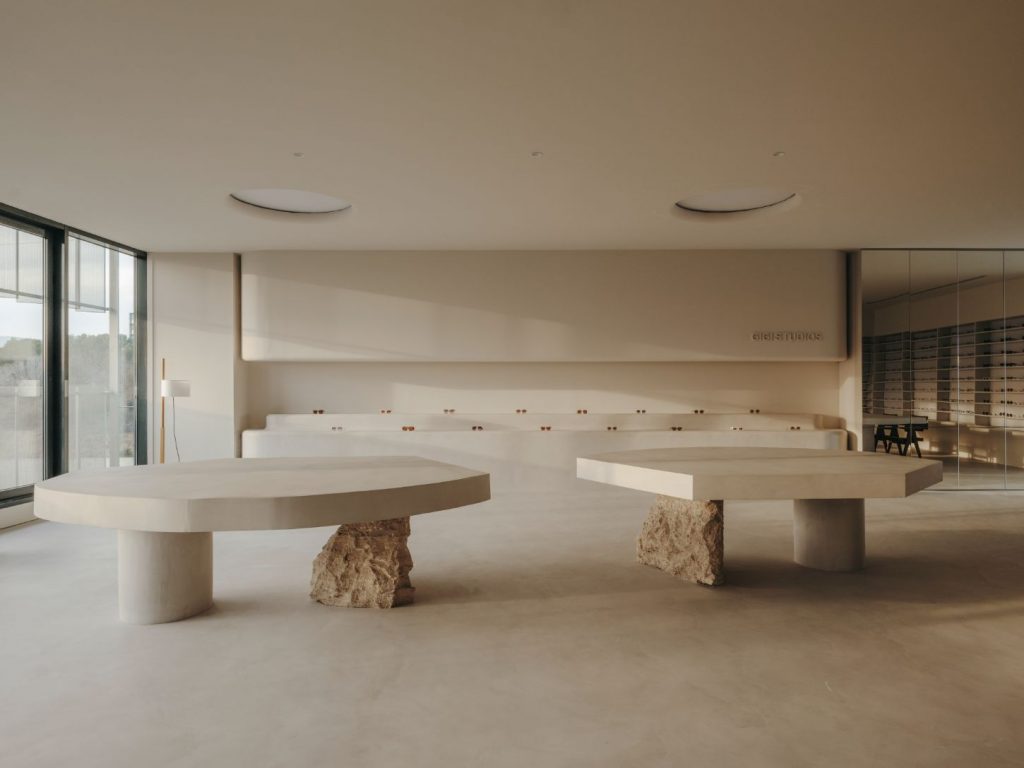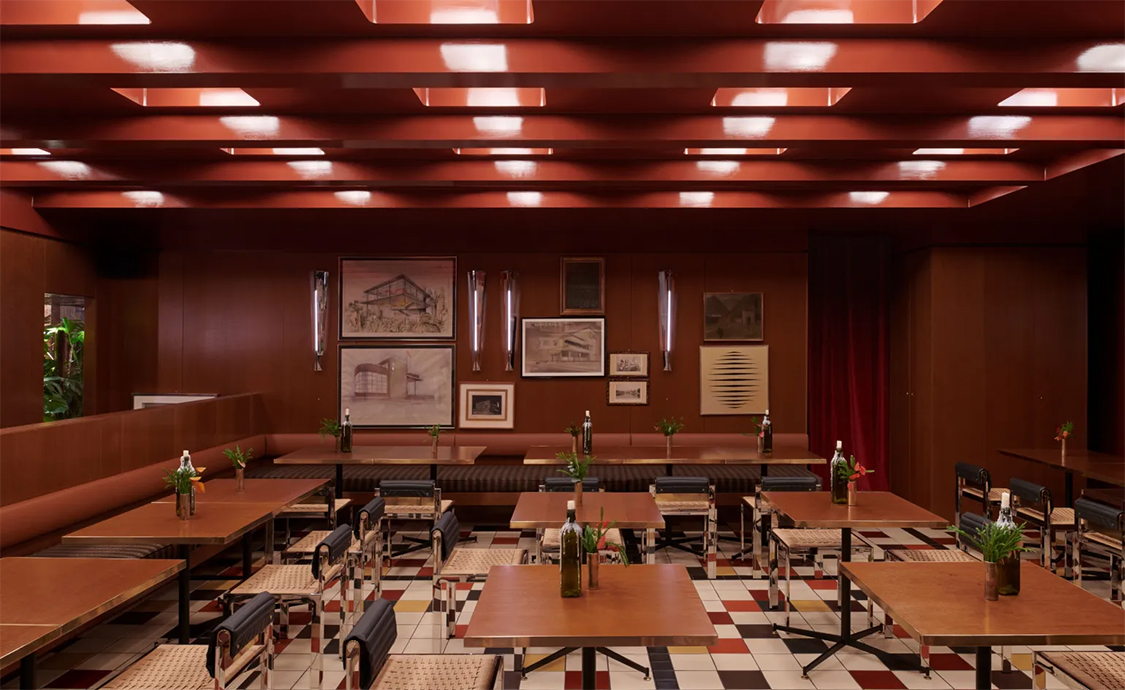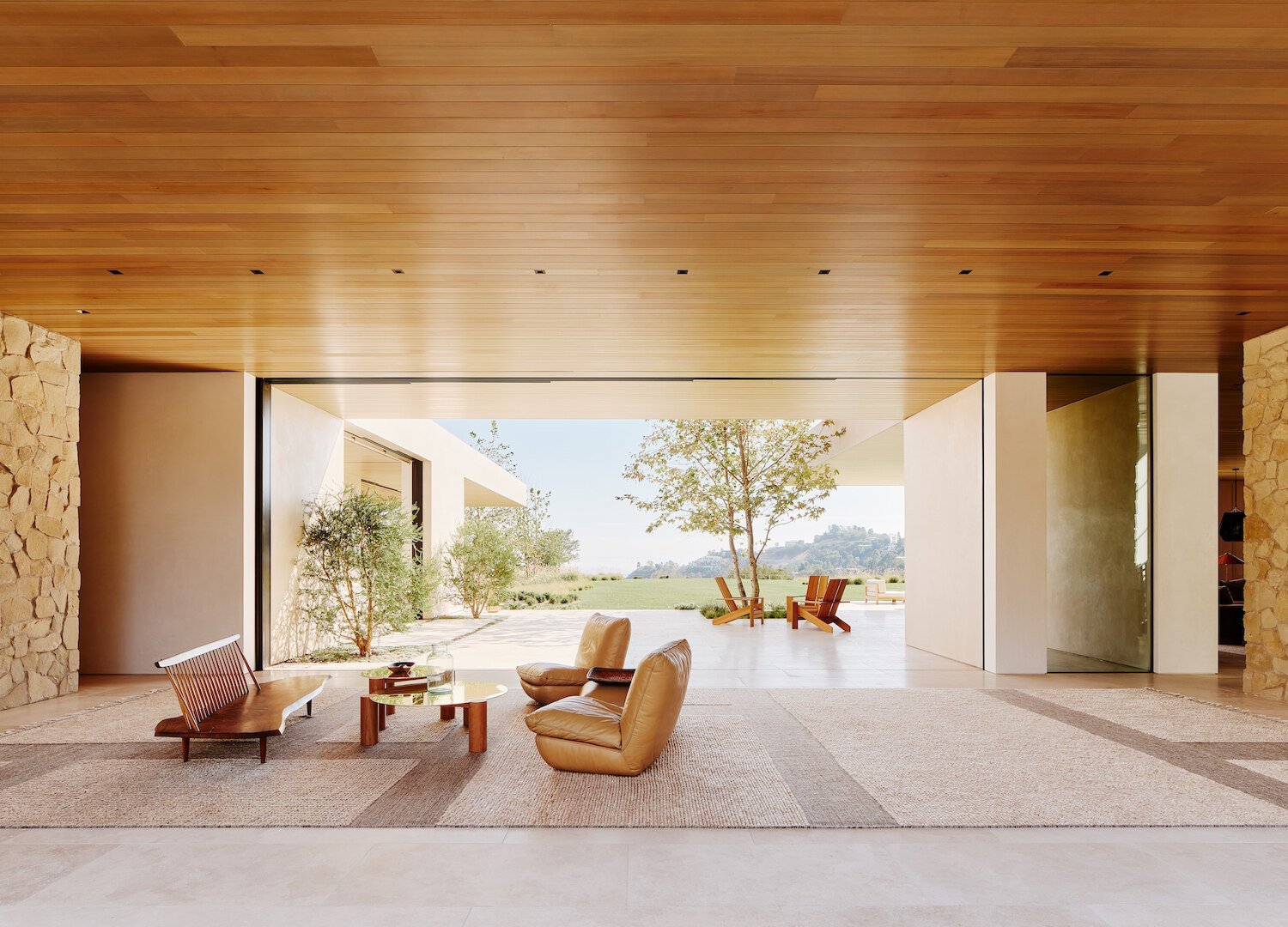
Should you be so lucky as to be asked to design a Film Museum, how would you feel? Most likely, overwhelmed. The many juicy aspects of the dream factory of film business make one’s head spin! The technology – from the first scratchy silent films to today’s 4D experiences. The genres – from drama and documentaries, to sci-fi and animated movies. And the intrigue and mystery of film as propaganda tool and promotional vehicle. The stars and the drama of their lives online and off. The various awards, the gowns and the glitter. Even the people behind the movie cameras – the directors, the movie moguls and the critics – all seem to carry an extra aura of glamour and fascination. Add to that the sets, the locations, the props, the car chases, cliff-hangers, fantasy worlds and the historical epics created and recreated through film. Indeed, no lack of material.

When Tilman Thürmer the German-born architect and founder of Coordination Asia (that we have covered before), was selected as the Art Director of the Shanghai Film Museum, he had ‘film’ and ‘Shanghai’ as his directives. No more, no less.
.jpg)
The Shanghai Film Museum, opened on June 17 and currently hosting screenings for the nine-day 16th International Shanghai Film Festival, is therefore a highly commendable feat in its minimalist yet immersive approach.
.jpg)
It’s goal is to celebrate and introduce to visitors the past and future of Shanghai’s involvement as the centre of Chinese film. The 15,000 square-meter, four-storey building is located in a former film studio in downtown Xujiahui.

The new museum involves more than 70 interactive installations and 3,000 historic exhibits. The visitors can ad-lib for famous Chinese films in a real sound studio, walk the red carpet, or Carpet of Light, or learn about animation, post-production, sound and live broadcasting in fully equipped studios.

Thürmer chose light and shadow, black and white, as the main themes, with grays and metallic accents referring to the silver screen, the film equipment and the glittering awards.

We especially love Thürmer’s involvement in the other aspects of the customer experience as well, not just the design of the actual space and exhibits. Too often this is all left to the last minute and not considered important. Yet the visitor interacts with people and with the entire experience, not just the walls and ‘props.’

Thürmer’s role as consultant and art director was extended to the communication design and operations of the museum. He created a visual identity and a graphic design concept, and consulted the museum on selecting and training the right team.

‘The opening of the new museum is the start of a longer development process,’ Thürmer says. ‘The coming year will be about professionalizing operations, visitor services and management. To me, this museum can be considered a success when it stimulates a new generation to identify with Shanghai Film. I will be satisfied when I see young people leaving the museum inspired, thinking: ‘The Shanghai film industry, that’s what I want to dedicate my future to.”

We love this kind of thinking! -Tuija Seipell.













